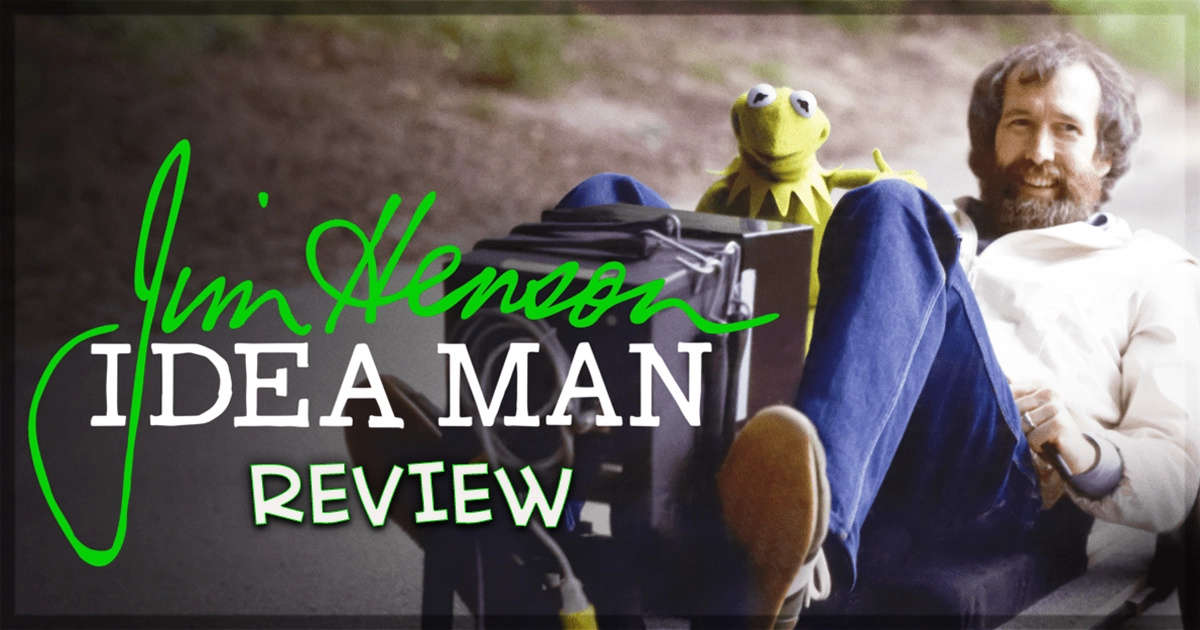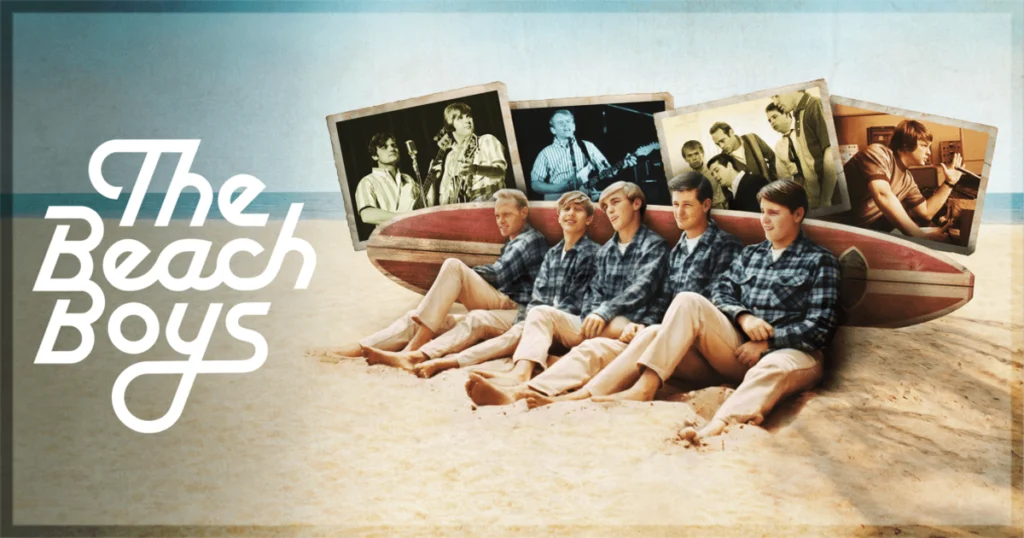Some TV shows and films are part of our formative process as children. Those programs that mothers would put the TV on for their kids to watch while they have to do something else, but those media pieces worked almost as nannies for them. The most prominent example of this category is Sesame Street, a program that debuted in 1969 and is still running. It has a crucial role in developing toddlers, teaching them the ABCs, how to count, and educational songs, which play an essential part in speech development. Behind the concept of an almost utopic village where humans and puppets would happily live in harmony, there was a man who, at that point, had created a mark in American puppetry history. That man was Jim Henson, and the new documentary Jim Henson Idea Man looks at his life.
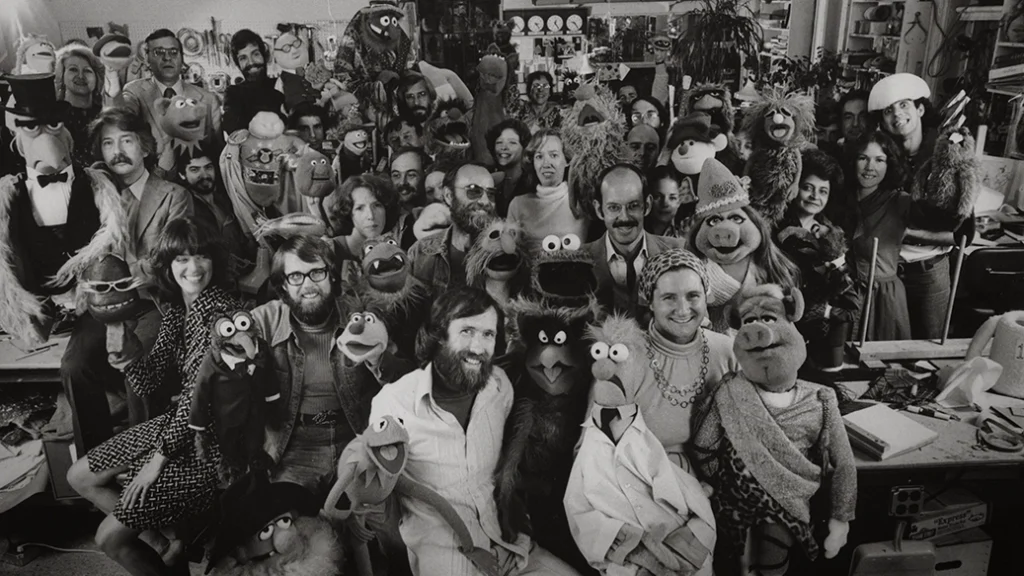
Jim Henson Idea Man looks at the creative genius’ life
Alongside his then-wife, Jane Henson, they started doing a segment of late-night TV show at the WRC-TV in Washington, DC. It was in this program the first appearance of Kermit and his gang, the Muppets—an early stage of what would become Henson’s Magnum Opus. Made of an old coat from his father and a ping-pong ball cut in half, Kermit was not the character in the collective consciousness today. It would wear wigs and make punctual appearances in the segments, unlike in the following decades when it became the band’s frontman. Kermit is the sort of figure Jim would mirror himself, a leader responsible for caring for loud and unquiet creative minds.
Indeed, it is difficult to tell the history of a man whose work still lives with the older and the newer generations. As cited before, Sesame Street is still on air, and Disney releases new Muppets constantly, as the The Muppets Mayhem TV show premiered in 2023 on Disney+. Ron Howard weighs on this challenging task in Jim Henson Idea Man and tries to narrate Jim’s legacy in a hundred minutes while he takes on five decades of archival material.
He chooses to use a box-shaped set with LED screen squares that, combined, can show a piece of footage. Right in the box’s center is an armchair, where figures like his long-time collaborator Frank Oz, Labyrinth’s lead actor Jennifer Connelly, and his children Lisa, Cheryl, Heather, and Brian appear to talk about their stories with Jim. Besides the choice of the talking head style to compose the film, Howard uses bits of stop-motion to transition the entrance of the interviewees. It may not be challenging in structure, but these tiny bits are coherent to Jim’s career.
Not only did the director embark on his highly praised career in puppetry, but he also focused his lens on Jim’s experimental creative mind. One example is Jim’s 1965 short film Time Piece, which gave him his first and only Academy Award nomination. The film shows Jim’s interest in the images and the editing process as a form of telling a story in a non-classical narrative style. The film is reminiscent of Maya Deren’s 1943 surrealist classic Meshes of the Afternoon, undoubtedly an outlier of his career. Still, it demonstrates how creative and versatile a filmmaker he was.
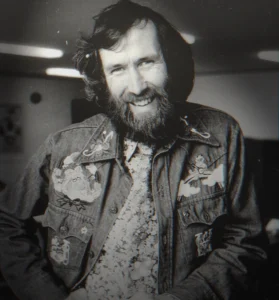
Another relevant portion of the film is how difficult it was to pitch The Muppets Show for a broadcasting company, while all of them would have turned down the project multiple times. As ABC turned down, a British producer was interested in the idea, and the show moved to London, where they would shoot five seasons of the program. Released around the same time as NBC’s Saturday Night Live, both programs would have their own take on sketches, while SNL would have young and promising comedians in their cast, and the muppets shows would have a cast of puppets.
The personal toll of success
Even though it was an enormous hit worldwide, the TV show started a wave of long and demanding projects for Jim, which distanced him from his family and significantly impacted his marriage to Jane. This event is the only negative aspect of his adult personality as a successful director and writer that Howard exposes us to. Indeed, it does not mean a negative note on Mark Mondoe’s screenplay, but it only delivers a shallow and unidimensional, sometimes bidimensional, portrayal of a legend. We see him as a creative mind, then as an ill man who would not look for a doctor for his reasons, but it is not deepening.
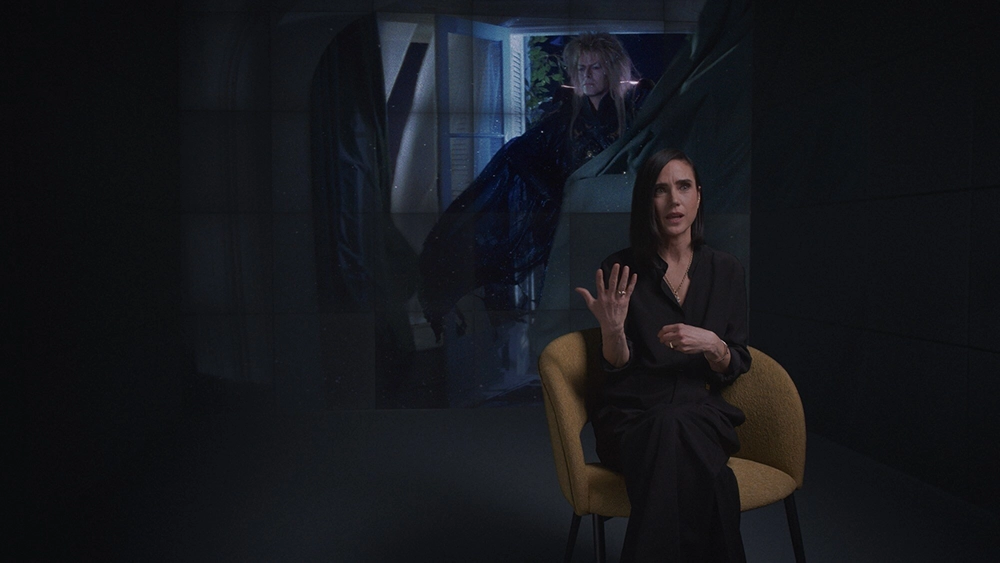
Furthermore, the final fifteen minutes feel rushed as Howard promptly jumps on the Labyrinth production, and its box office fails at its release. However, there are a couple of emotional moments for those who feel connected to those characters and stories since they were children, such as the excerpt of Big Bird singing at Jim Henson’s memorial. Those short scenes add a nostalgic aspect to the story of a man who participated in millions of childhoods since the 1960s across the globe.
Jim Henson Idea Man surely is a conventional and, at times, unidimensional documentary about a creative genius. However, the force of the archival material and the stories about creating some of the most iconic media in history make up for its flaw—a decent and emotional effort.
Jim Henson Idea Man is now streaming on Disney+.
Learn more about the film, including how to watch, at the Disney site for the title.
You might also like…
‘The Beach Boys’ Documentary Review: A Missed Opportunity to be Definitive

